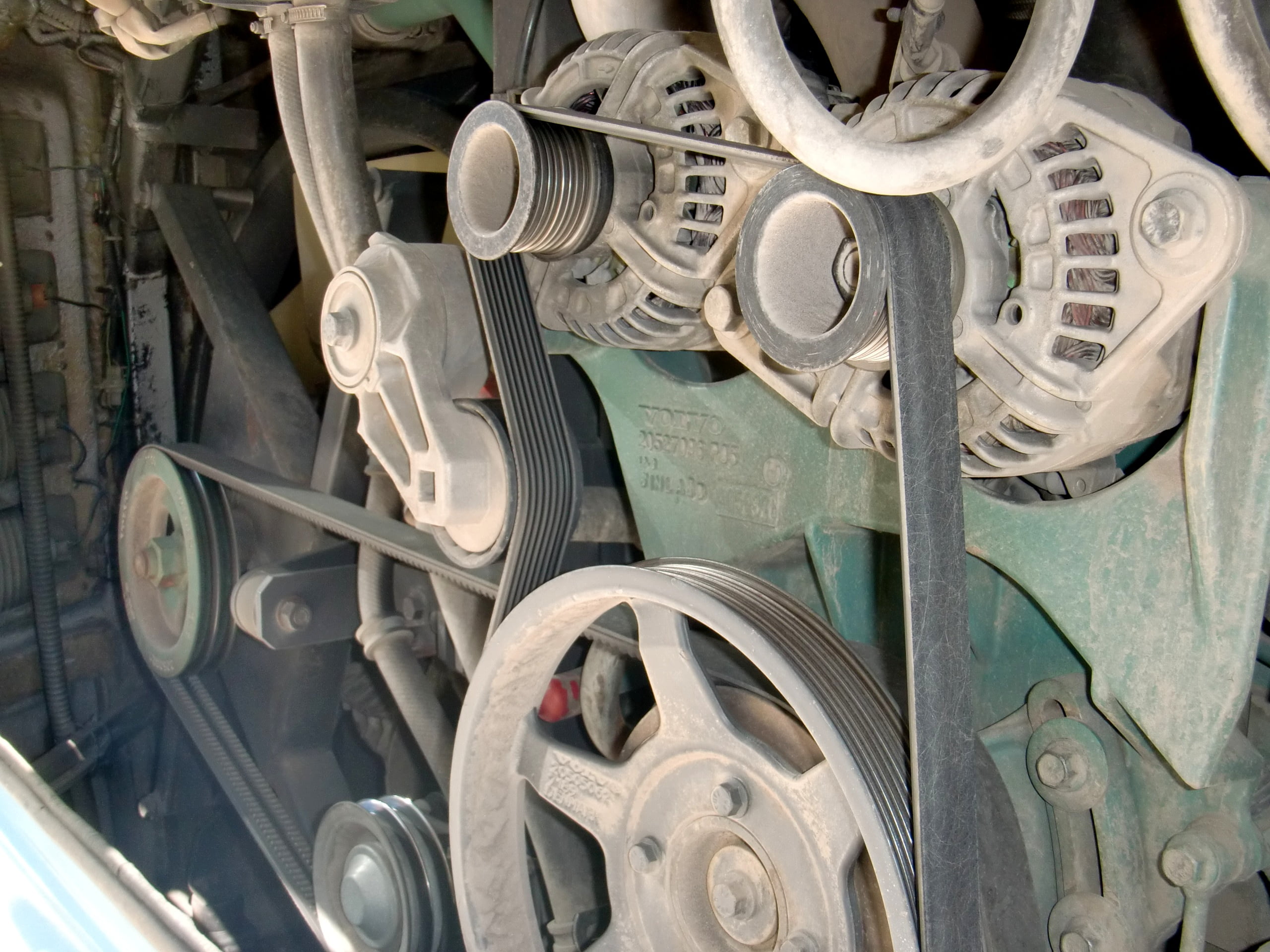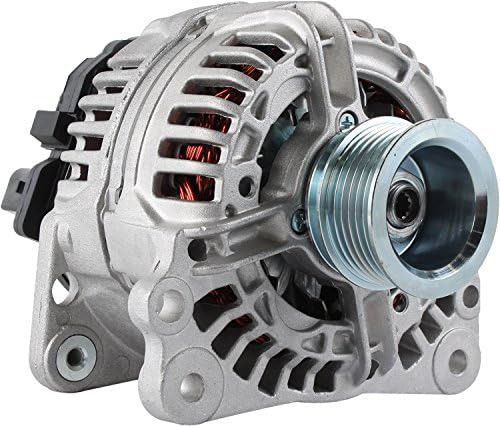Change Your Alternator -
Disconnect the Battery
- Ensure the vehicle is turned off.
- Open the vehicle’s hood and locate the battery.
- Identify the negative terminal (usually marked with a minus sign “-“).
- Use a wrench or a socket to loosen the nut on the negative terminal.
- Once loose, carefully lift the negative terminal off the battery post.
- Move the disconnected terminal away from the battery to prevent accidental reconnection.
Please note that disconnecting the battery is a crucial safety step to avoid electrical hazards during the alternator replacement process. Always follow safety guidelines and refer to your vehicle’s manual for specific instructions

Change Your Alternator -
Locate the Alternator
- Open the vehicle’s hood and secure it in place.
- Refer to your vehicle’s manual to identify the location of the alternator. It is typically mounted on the engine and has a pulley connected to the serpentine belt.
- The alternator is often recognizable by its cylindrical shape and various electrical connections.
Change Your Alternator -
Remove Serpentine Belt

Change Your Alternator -
Disconnect Electrical Connections
Identify Electrical Connections:
Locate the electrical connections on the alternator, including the wiring harness and any other connectors.
Disconnect Wiring Harness:
Carefully disconnect the wiring harness from the alternator. Depending on the design, there may be a clip or a locking mechanism that needs to be released.
Remove Other Connectors:
If there are additional electrical connectors attached to the alternator, such as sensor wires, disconnect them as well. Ensure you note their positions for reconnection later.
Change Your Alternator -
Remove Mounting Bolts
Locate Mounting Bolts:
Identify the mounting bolts securing the alternator to the engine. These bolts may be positioned at the base of the alternator where it attaches to the mounting bracket.
Use the Appropriate Tools:
Use the appropriate tools, such as a socket wrench, to loosen and remove the mounting bolts. There may be multiple bolts holding the alternator in place.
Carefully Extract the Alternator:
Once the mounting bolts are removed, carefully extract the alternator from its mounting bracket. Be cautious not to damage any surrounding components during removal.
Change Your Alternator -
Compare Alternators
Inspect the Old Alternator:
Before installing the new alternator, inspect the old alternator for any visible damage or wear. This comparison helps ensure that the new alternator matches the specifications of the old one.
Check Size and Mounting Points:
Compare the size and mounting points of the old alternator with the new one. Verify that they match to ensure a proper fit.

Change Your Alternator -
Install the New Alternator
Position the New Alternator:
Place the new alternator into the mounting bracket, aligning it with the mounting points.
Secure with Mounting Bolts:
Insert and tighten the mounting bolts to secure the new alternator in place. Ensure that the alternator is snugly positioned.
Change Your Alternator -
Reconnect Electrical Connections
Reconnect Wiring Harness:
Reconnect the wiring harness to the new alternator. Ensure that it is securely attached.
Reconnect Other Connectors:
Reconnect any additional electrical connectors, such as sensor wires, to the new alternator.
Change Your Alternator -
Reinstall Serpentine Belt
Place the Belt on the Alternator Pulley:
Position the serpentine belt onto the alternator pulley. Ensure that the belt is properly aligned on all pulleys.
Change Your Alternator -
Tighten Tensioner
Use the Serpentine Belt Tool or Wrench:
If necessary, use the serpentine belt tool or wrench on the tensioner pulley again.
Rotate the Tensioner Clockwise:
Rotate the tensioner pulley clockwise to create tension on the serpentine belt.
Slide the Belt onto the Last Pulley:
With the tension released, slide the serpentine belt onto the last pulley, making sure it is properly seated on all pulleys.
Release Tensioner Slowly:
Slowly release the tensioner pulley to allow it to move back into its original position, maintaining proper tension on the serpentine belt.
Change Your Alternator -
Reconnect the Battery
Reconnect the Negative Terminal:
Reconnect the negative terminal of the battery. Tighten the nut to secure the connection.
Change Your Alternator -
Test the Alternator
Start the Vehicle:
Start the vehicle and let it run for a few moments.
Check for Proper Functioning:
Check for proper functioning of the alternator. Listen for any unusual noises and observe the operation of the alternator.
Use a Voltmeter:
Use a voltmeter to verify that the alternator is charging the battery. Measure the voltage across the battery terminals; it should be within the acceptable range.
Change Your Alternator -
You are Finished!
By completing these final steps, you ensure that the alternator replacement process is successful. Always refer to your vehicle’s repair manual for specific instructions tailored to your car’s make and model.

